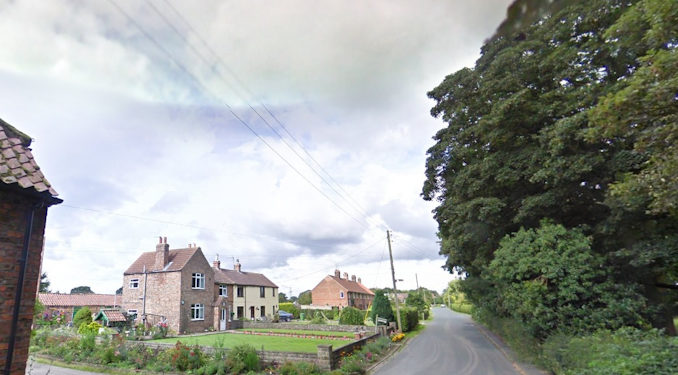
Villagers battling poor internet access say they are baffled as to why they are being offered an “inferior” solution to some of their neighbours, despite a superfast broadband cable having been laid past their homes.
While superfast coverage across North Yorkshire has increased from 41 per cent of properties in 2009 to an expected 97 per cent by the end of this month, a meeting of North Yorkshire Council’s Thirsk and Malton constituency committee heard some residents faced a postcode lottery over whether they received the service.
Earlier this month, the owners of Thorp Perrow, a 100-acre arboretum and bird of prey centre located near Bedale, said a full fibre internet connection funded by the Superfast North Yorkshire programme was “transforming the visitor experience” after having “long suffered with slow and unreliable broadband”.
Sir Henry Ropner said even basic tasks like sending and receiving emails proved difficult.
He added: “Being a rural North Yorkshire business, we suffered from the same problem I suspect many rural businesses face – having slow, unreliable broadband.
“We were desperate to improve our internet across the estate. It is central to the way we run and to some of the systems and software we have at the arboretum. Quite simply, it keeps the show on the road.
“The speeds we were receiving previously were very slow and posed a lot of different problems for us. Basic tasks became a nightmare, and we felt it was holding us back as both a business and an attraction.”
The council’s Superfast North Yorkshire programme expects there to be about 11,000 premises which will not be covered by superfast broadband, and some 3,000 of these would be classified as “Very Hard to Reach”.
Meanwhile, the Department for Science, Innovation and Technology has launched trials and a consultation around Very Hard to Reach premises, which include trials of using fixed wireless solutions.
However, the meeting heard traders and residents in Sessay, near Thirsk, were among the places with an unstable internet connection, which significantly affected rural-based businesses.
A superfast broadband cable had been laid through the village alongside nodes on telephone poles to distribute superfast broadband, but only some properties were set to benefit from it, it was claimed.
Councillors were told a small portion of properties in Sessay had been offered a full fibre connection, their neighbours were being offered “a fixed wireless solution” by the authority instead, which was likely to have a single “uncompetitive” operator offering the service.
In addition, as fixed wireless technology was based on line of sight and some properties in Sessay were surrounded by trees, it represented “an inferior solution” which would not satisfy demand for the internet for some residents, while their neighbours would benefit from top speeds.
A North Yorkshire Council spokesman said its Superfast North Yorkshire programme “maximises reach wherever possible”, but it was a complex process with limitations such as topography, ownership and availability of land and funding streams.
He said: “While it is clearly frustrating to see buildings nearby that cannot be accessed – the school infrastructure was limited to the public sector buildings under the Rural Schools Programme and cannot legally be used for residential.
“We understand there is more to do and the next steps for extending gigabit capable broadband are underway with the BDUK-led project Gigabit.”


Be the first to comment